Leg ulcers
Ulcers can be classified easily based on a few key characteristics:
- Compression ulcers
- Based on pressure points - bone surfaces
- Elbows, shoulder blades, sacral area
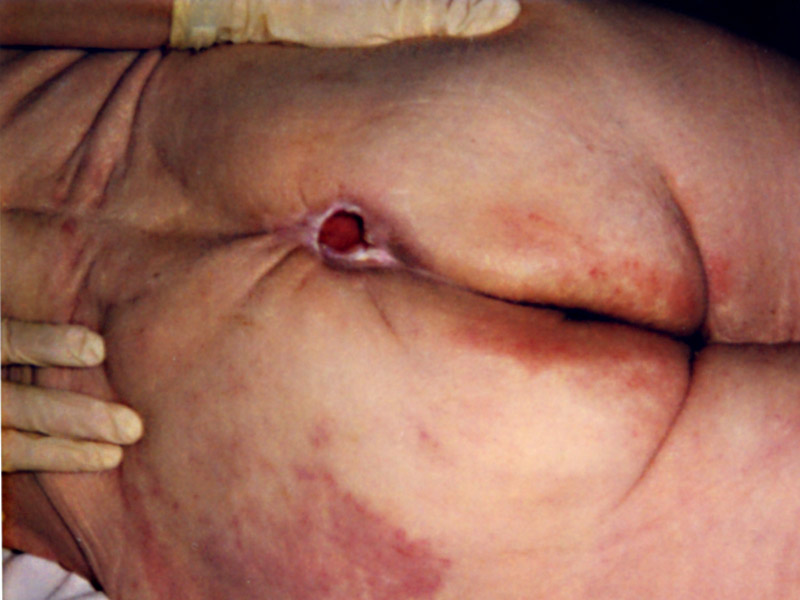
- Pressure creates microvascular ischemia
- Common in patients who are bedridden or wheelchair-bound
- Paralyzed individuals
- Treatment= prevention
- Roll the patients every 2 hours
- Use soft materials and air mattresses
- Wound care
- Necrotic tissue debridement
- Antibiotics if cellulitis
- Keep it clean
- Based on pressure points - bone surfaces
- Diabetic ulcers
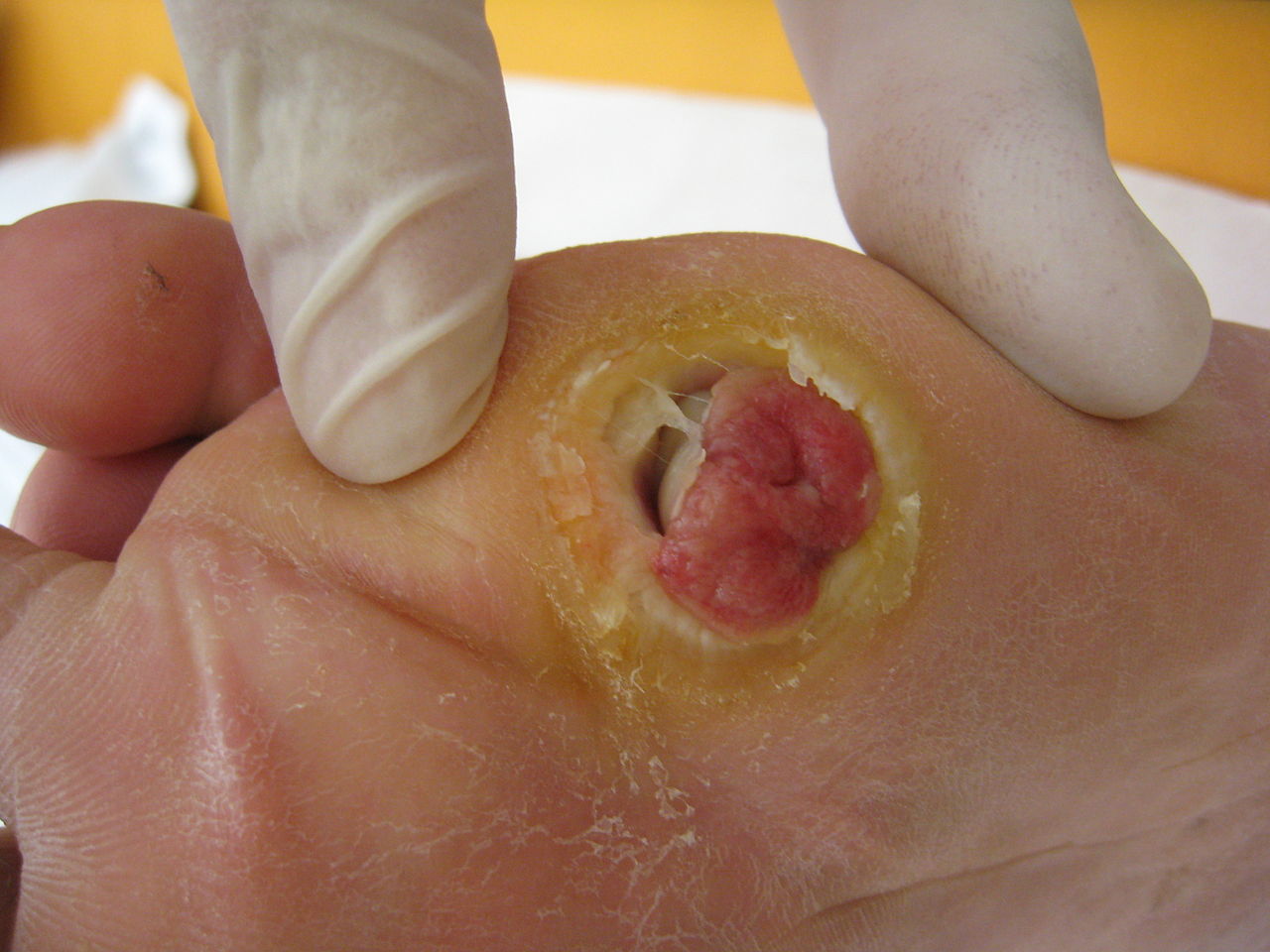
- Caused by microvascular changes and neuropathy
- A mix of compression and arterial ulcers
- Distal arteries and nerves affected first
- Heels, bases of the feet common sites
- Clinical diagnosis
- Monofilament test for neuropathy
- Treatment/Prevention
- Control blood glucose
- Elevate legs
- Amputation last resort
- Inspect the feet to catch early ulcers
- Get fitting shoes to avoid compression
- Arterial insufficiency ulcers - problem with getting blood in
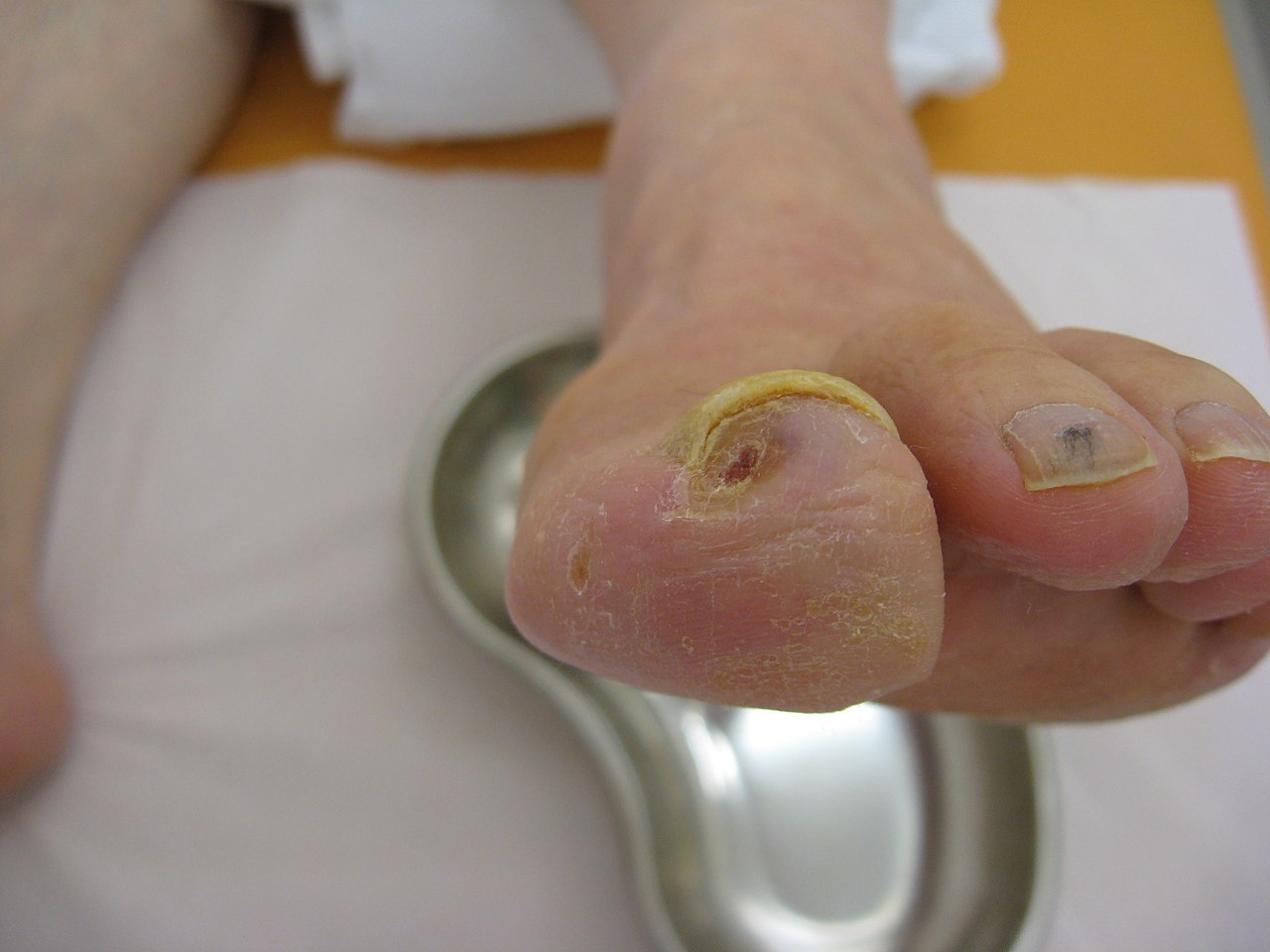
- Peripheral vascular disease = macrovascular
- Symptoms
- Shiny/Scaly skin
- Hairless
- Absent pulses
- Distal ulcers - the tip of toes
- Diagnosis
- Ankle-brachial index
- U/S arterial duplex
- Angiogram
- Treatment
- Wound care
- Stent and bypasses
- Stent small lesions above the knee
- Bypass large lesions or lesions of the popliteal artery
- Venous insufficiency ulcers - problems with getting blood out
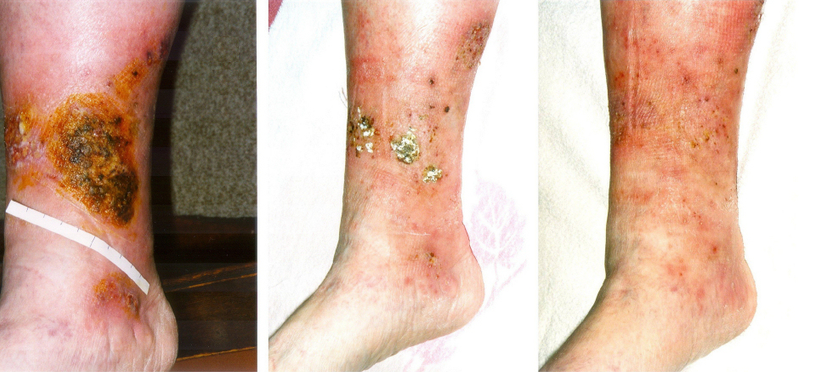
- Venous blood stasis
- Edema
- Stasis dermatitis
- Deposition of hemosiderin = hyperpigmentation
- Woody skin
- Medial malleolus common location due to a rich venous plexus in that region
- Treatment
- Compression stockings
- Contraindicated if the ankle-brachial index is under 0.7 (arterial insufficiency)
- Elevation of the legs
- Diuresis
- Compression stockings
- Marjolin ulcers
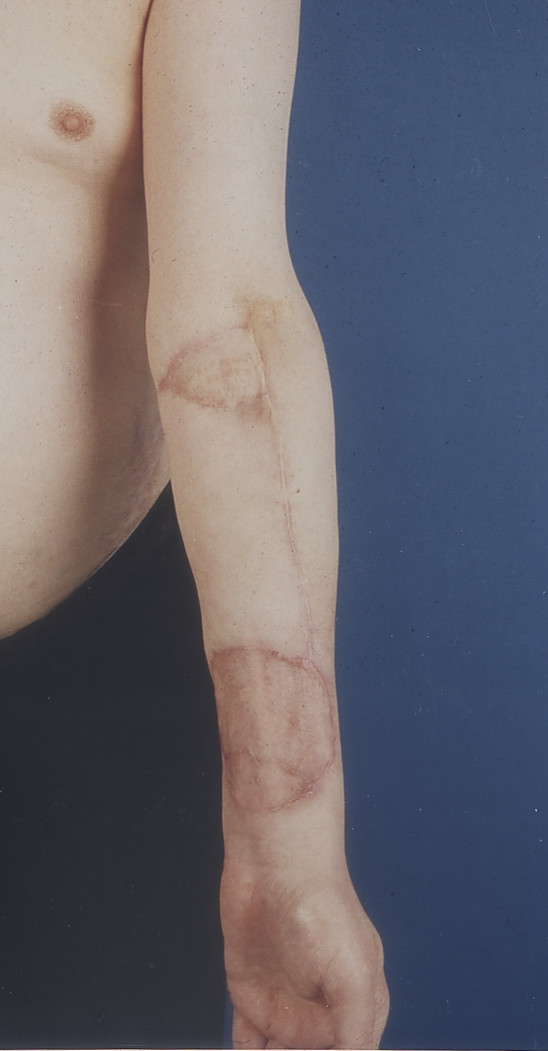
- Squamous cell carcinoma
- Ulcer with a sinus tract
- Breaks and heals over and over
- Margins are heaped up
- Diagnosis
- Biopsy
- Treatment
- Wide margin resection
Staging of ulcers
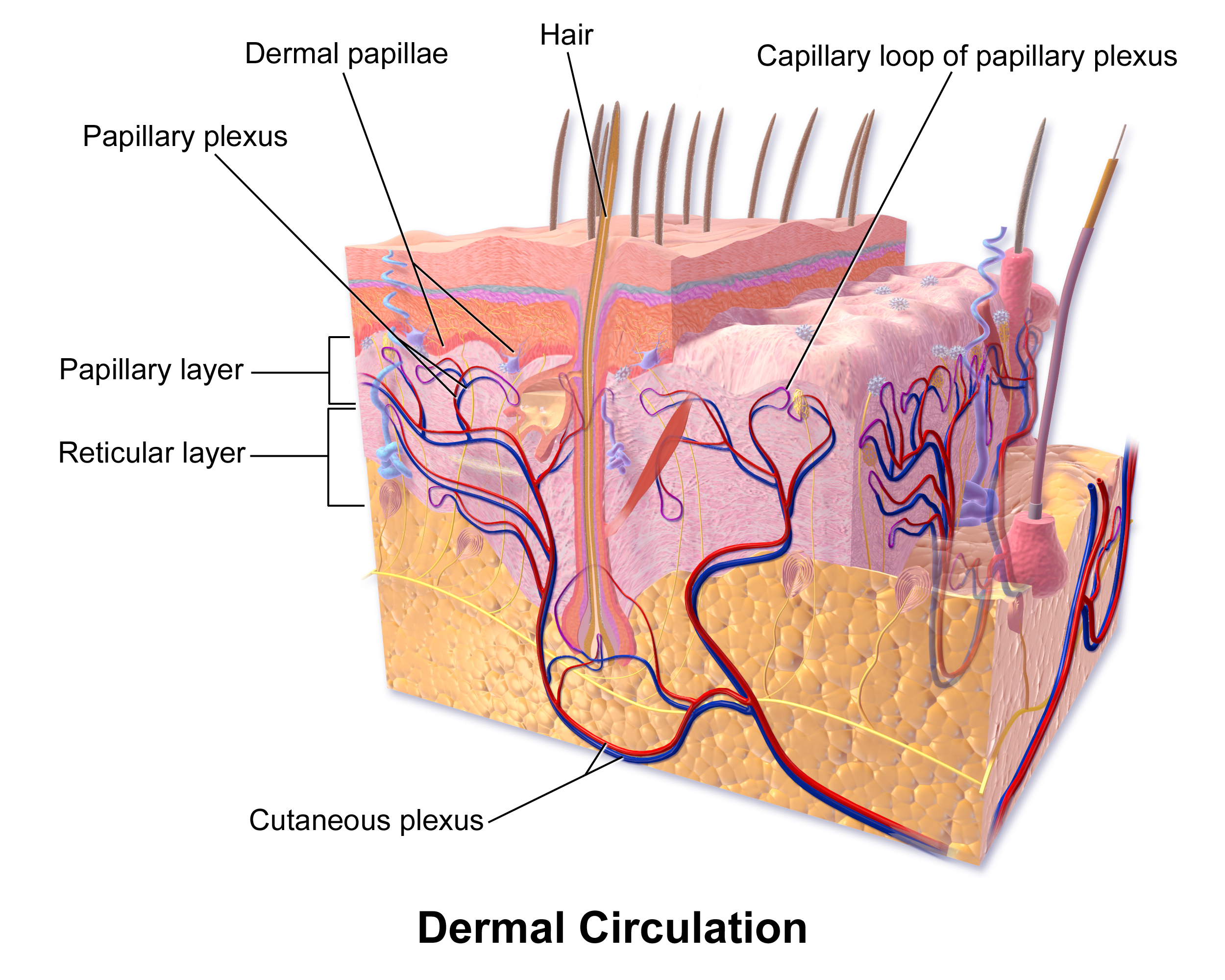
- Stage 1 = non-blanching erythema
- Painful
- On the skin
- Only affects the epidermis
- Stage 2
- Epidermis and dermis both affected
- Fascia not affected
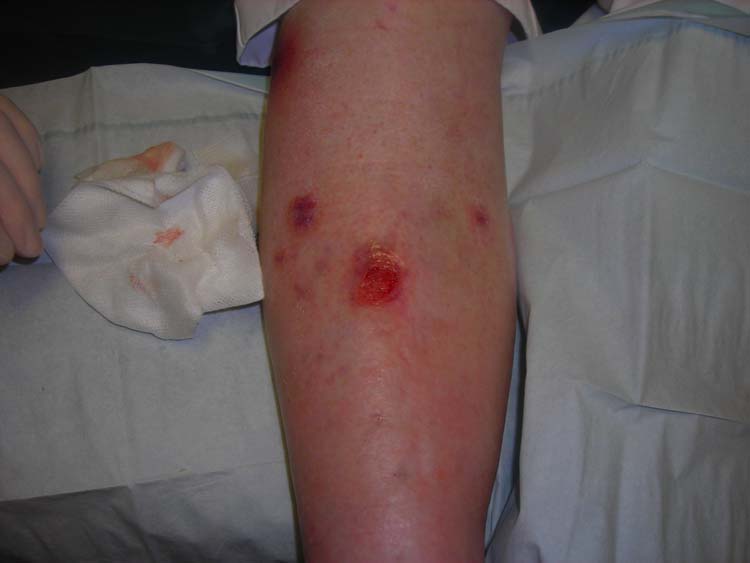
- Stage 3
- Can see the fascia, not bone or muscle
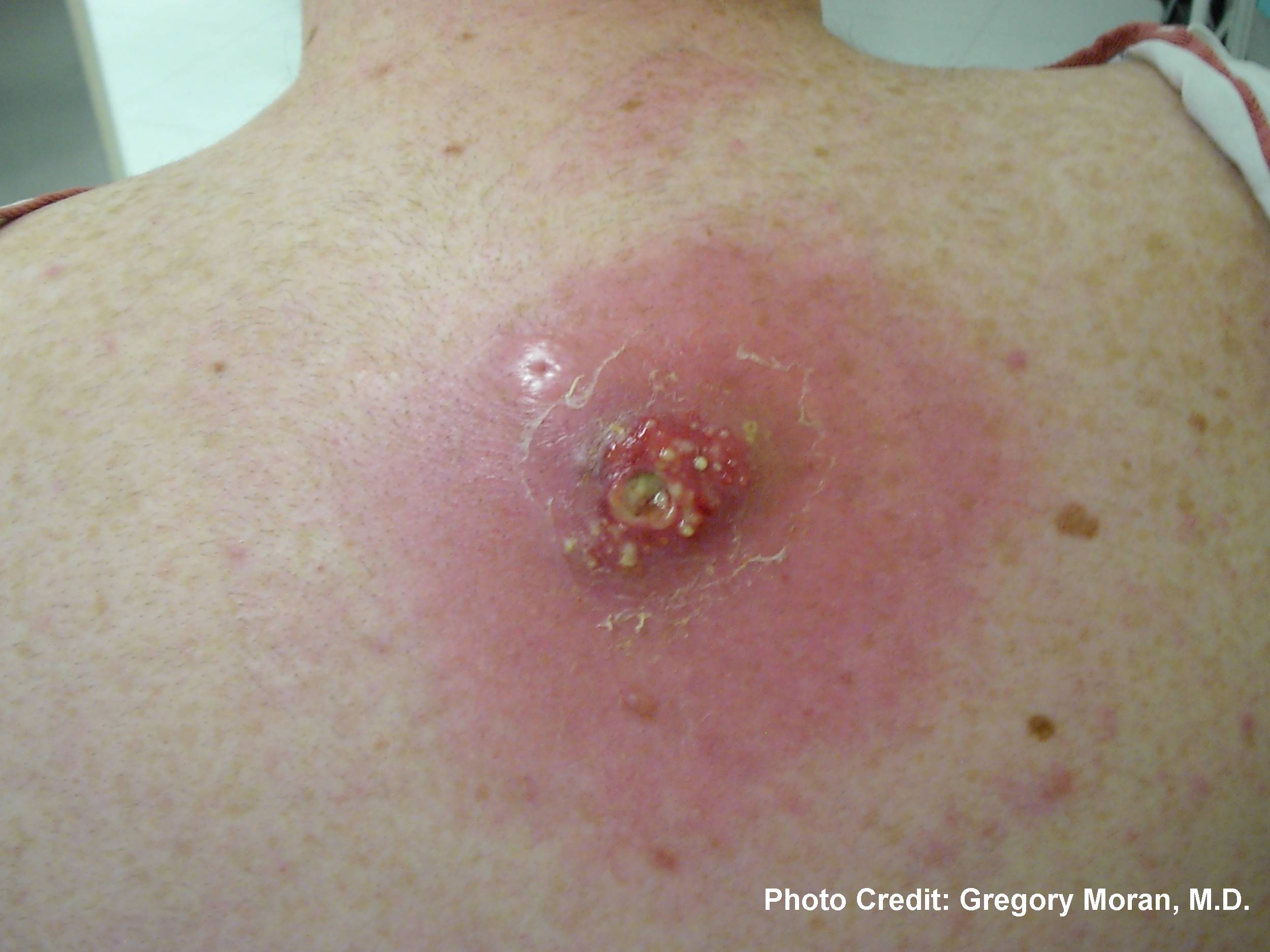
- Stage 4
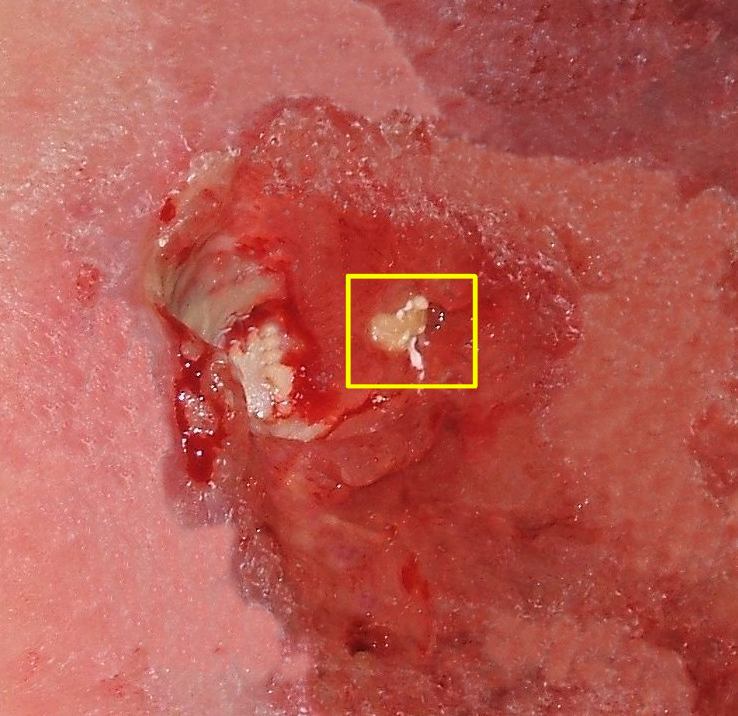
- Muscle and bone are exposed
- If the bone can be seen = most likely osteomyelitis
All information provided on this website is for educational purposes and does not constitute any medical advice. Please speak to you doctor before changing your diet, activity or medications.
